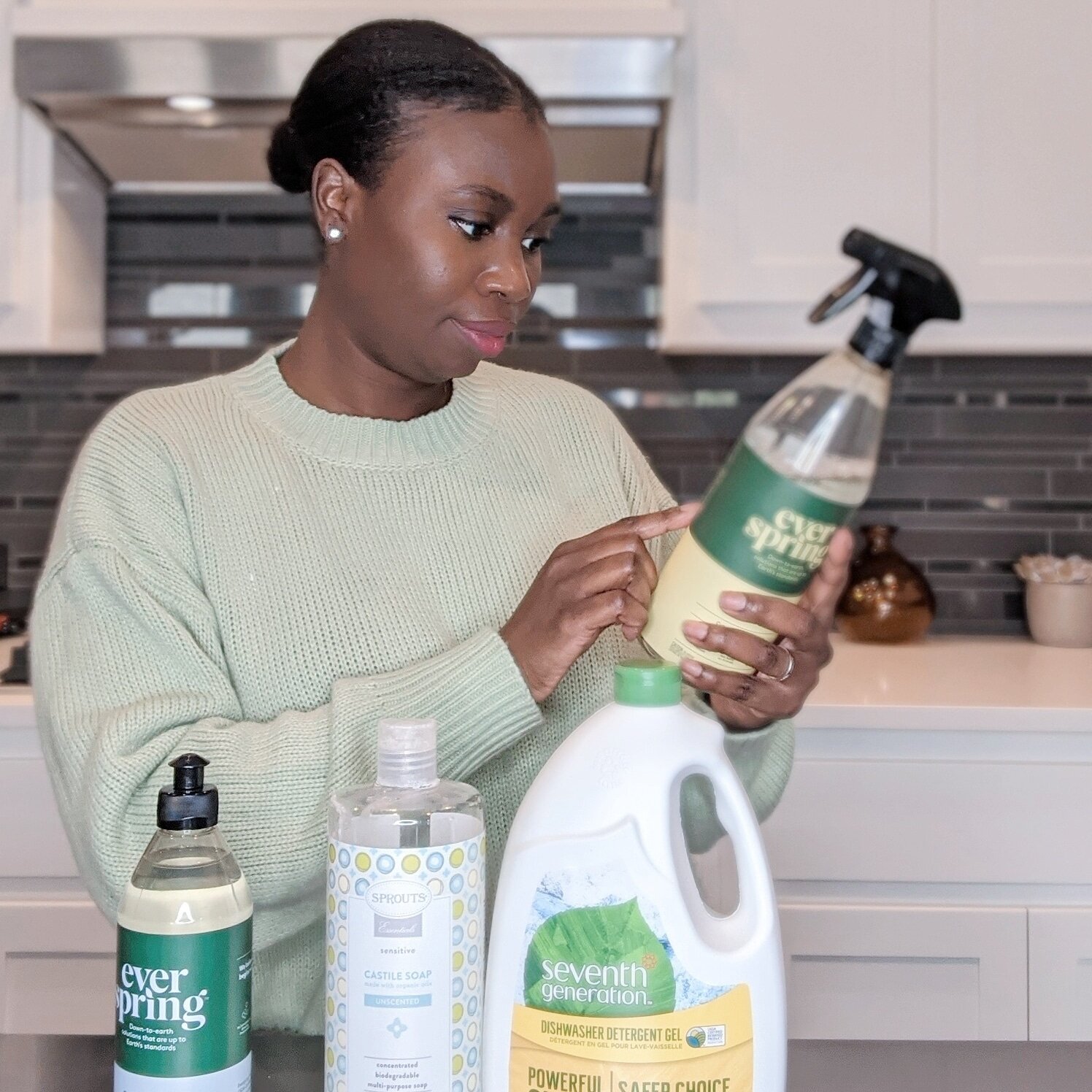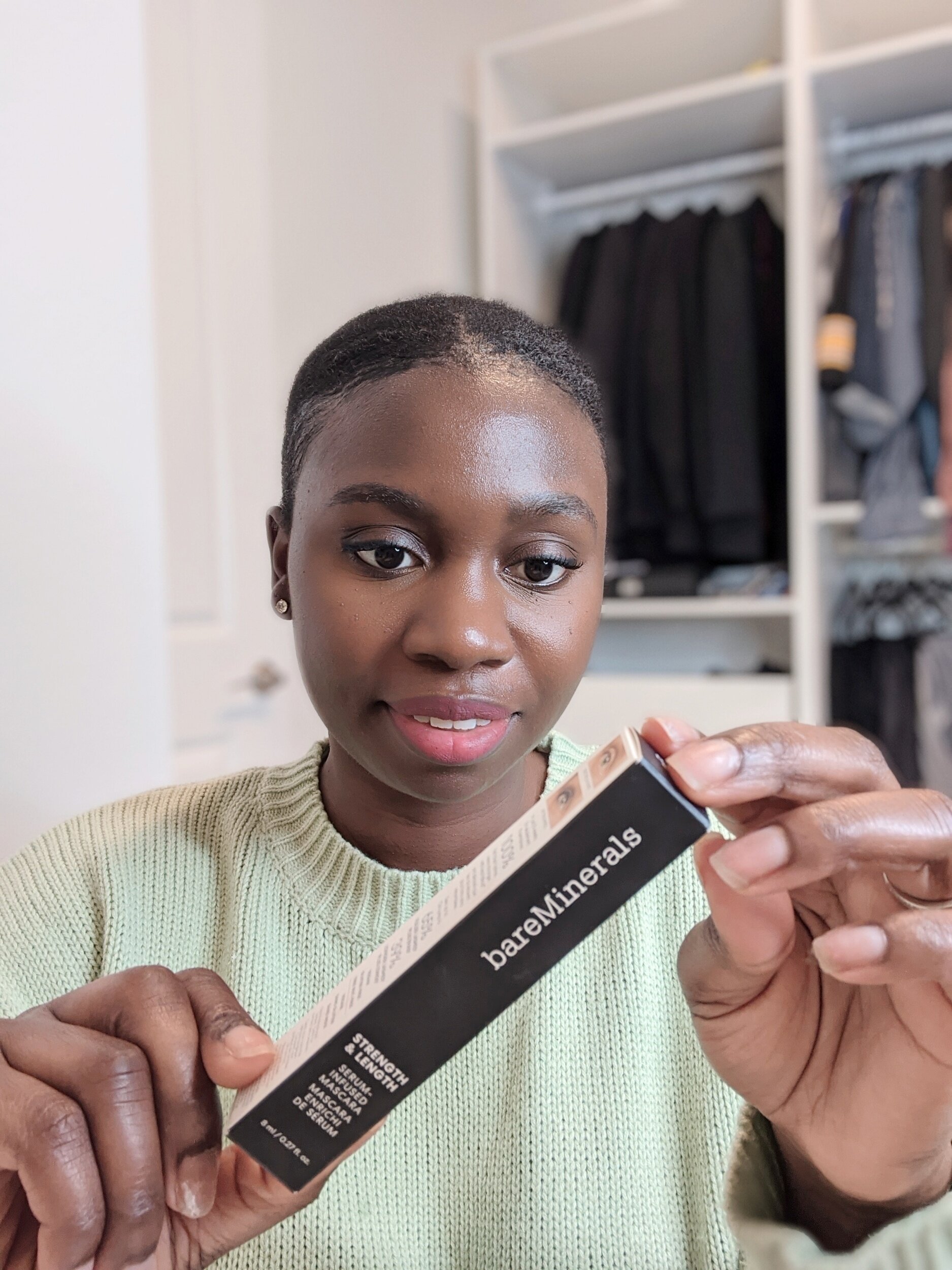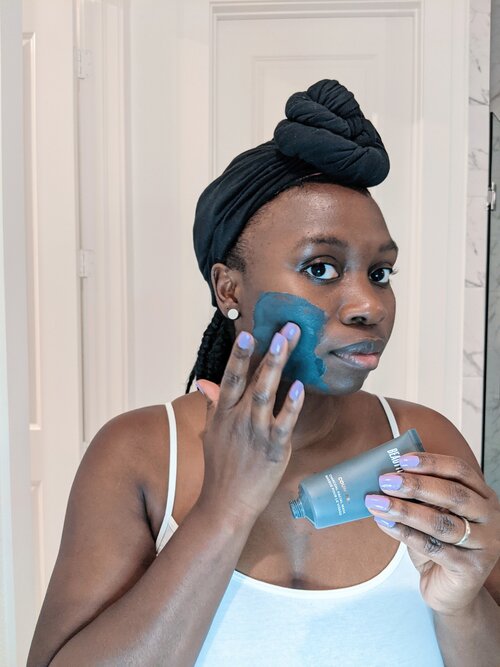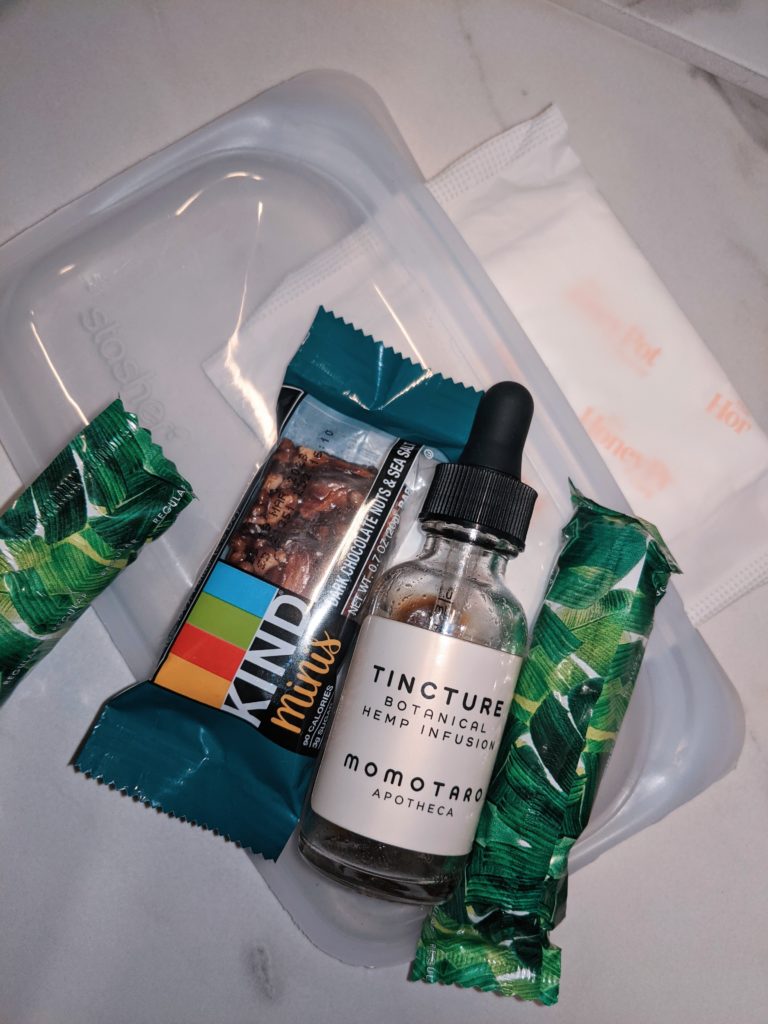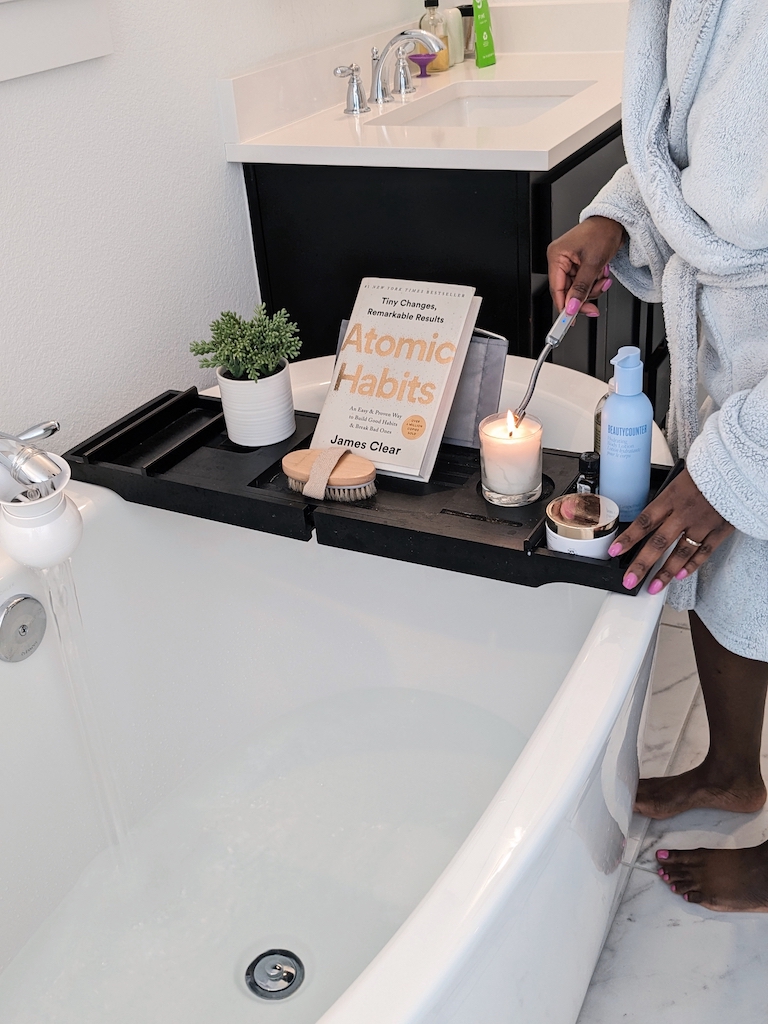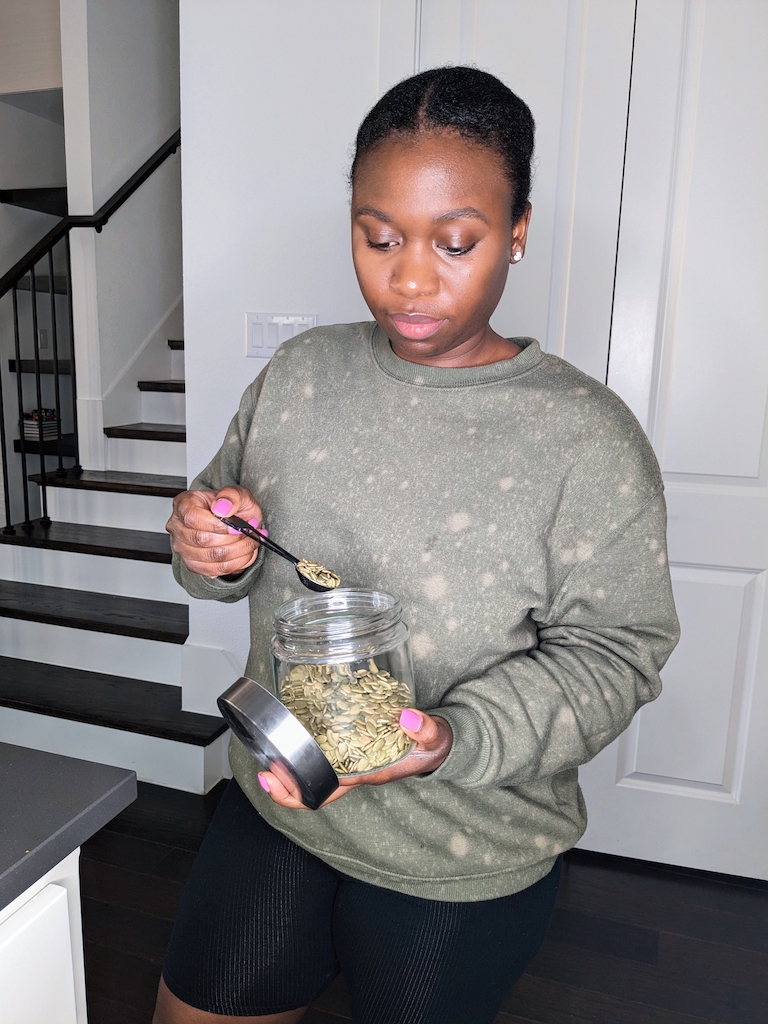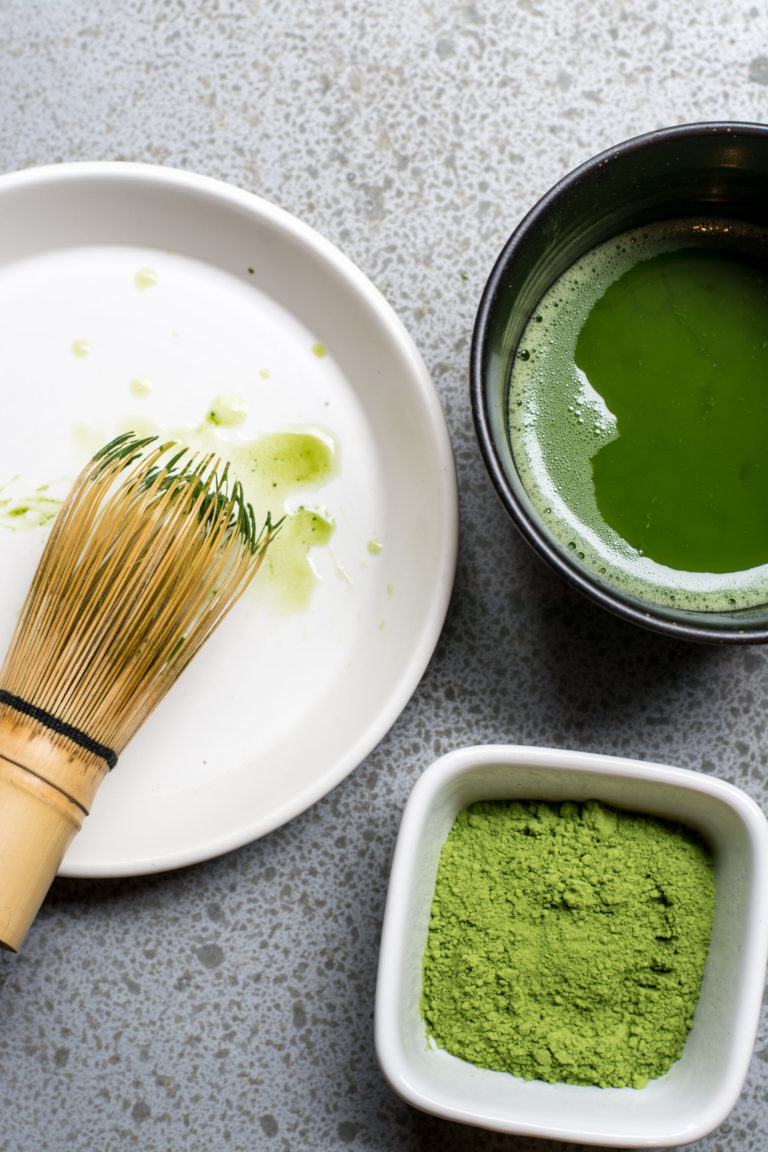5 Ways to Reduce Your Exposure to Xenoestrogens
Estrogen dominance, a type of hormone imbalance, is believed to be one of the main causes of uterine fibroid growth. There are several contributors to estrogen dominance including obesity, hormonal contraceptive use, some medications, and endocrine-disrupting substances called xenoestrogens.
What are xenoestrogens?
Xenoestrogens have a similar molecular structure to the estrogen that the body makes and mimic estrogens when they enter the body. These “unnatural” estrogens can be extremely problematic when they accumulate in the body over time leading to more estrogen than the body can properly use and flush out. When the body is not able to rid itself of these foreign substances it results in an excess of estrogen.
These compounds can often be found in a variety of places including household cleaners, cosmetics, tap water, plastics, and pesticides.
Always look for harmful endocrine-disrupting chemicals in household products.
How to Reduce Xenoestrogen Exposure
-
Buy organic. Non-organic produce is usually grown with the use of pesticides. If organic produce is not available to you, soak your items in distilled vinegar and water or use a gentle nontoxic produce wash. I highly recommend buying items on the dirty dozen list organic every time.
Check cosmetic labels – Your favorite makeup and skincare brands could be hiding some of these chemicals. Look for the words “Phthalate”, “DEP”, “DBP”, “DEHP”, “Paraben”, and “Triclosan”. Nowadays many brands at places like Sephora are labeled “Clean” or with “Paraben-free” or “Phthalate-free” to help you buy safer products.
-
Rethink household cleaners – Vinegar and water is a simple easy cleaner that works for just about anything. For other things like your dish soap or laundry detergent, always read the label. Look for products that are biodegradable and free from chemicals you can’t pronounce.
-
Switch to glass – Plastics are one of the most common homes for endocrine disruptors. The reality is that it’s almost impossible to go completely plastic-free, but you can reduce your exposure by using a glass water bottle, switching to glass food containers, and reusable freezer bags. Not only is this good for you, but it’s also good for the environment.
-
Drink filtered water – Tap water can contain traces of various chemicals and compounds. You can find your local water reports online or pick up a water testing kit to find out exactly what’s in your water. There are several water filter systems out there, but I love the Berkey. Not only is it a high-quality filter, but my water tastes great.
Remember to start small. Switch out items as it’s time to replace them. Hormonal imbalance can’t be remedied overnight and requires a variety of changes. These 5 tips are just a few ways to help your body work toward hormonal health.
Shop this post:

